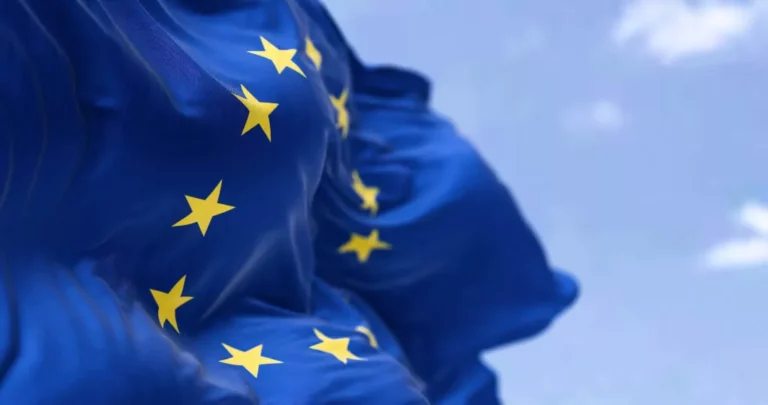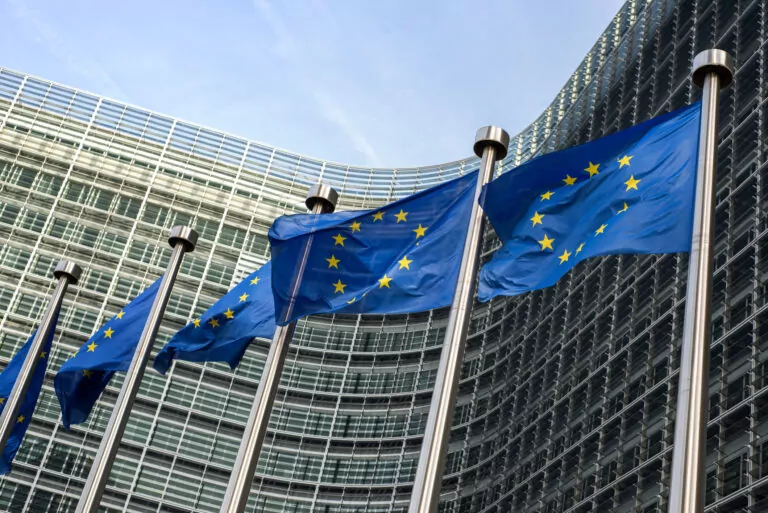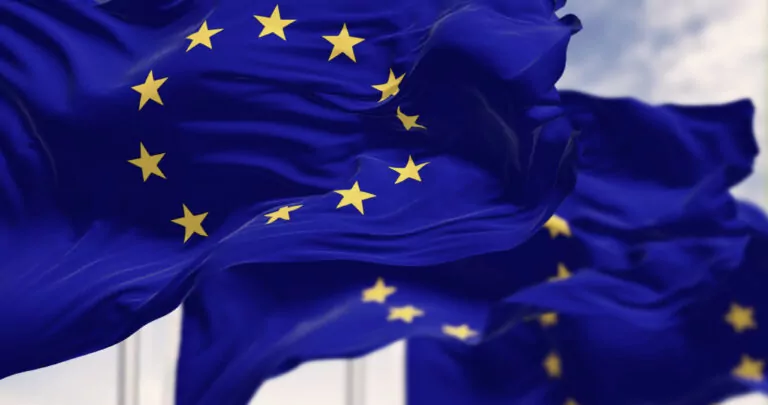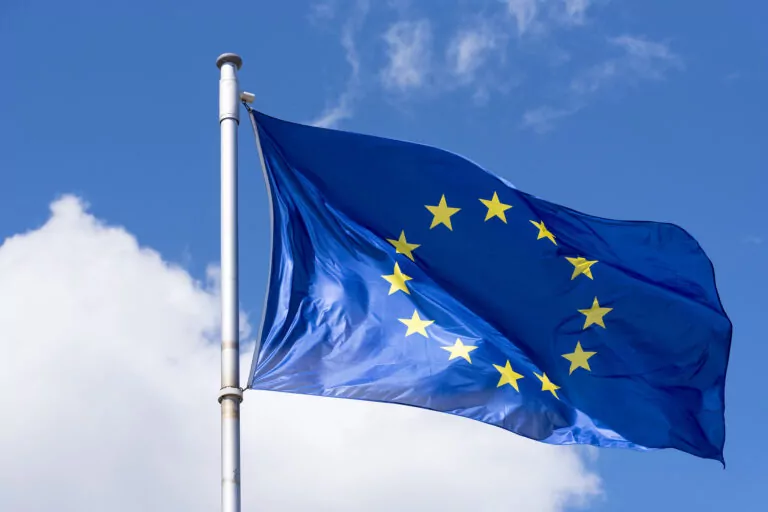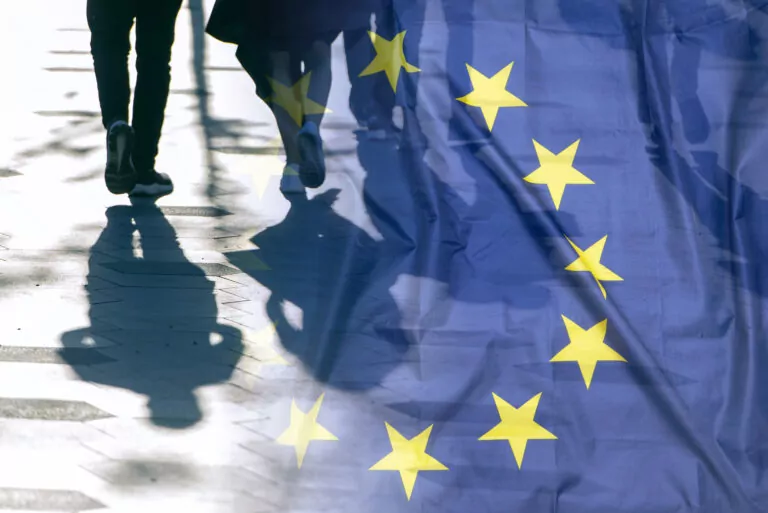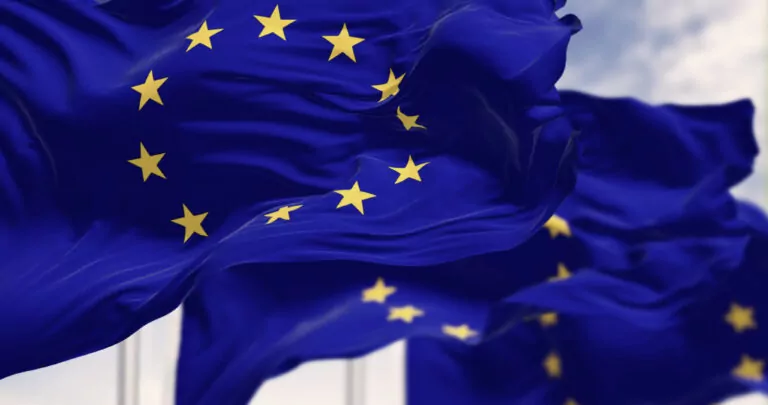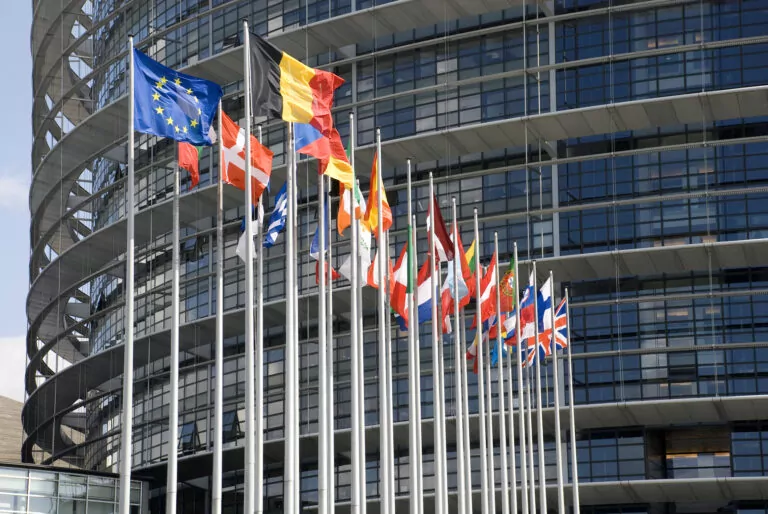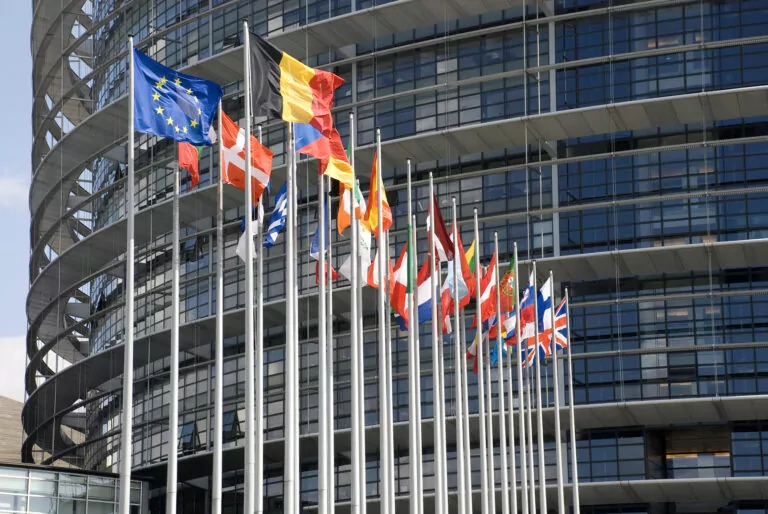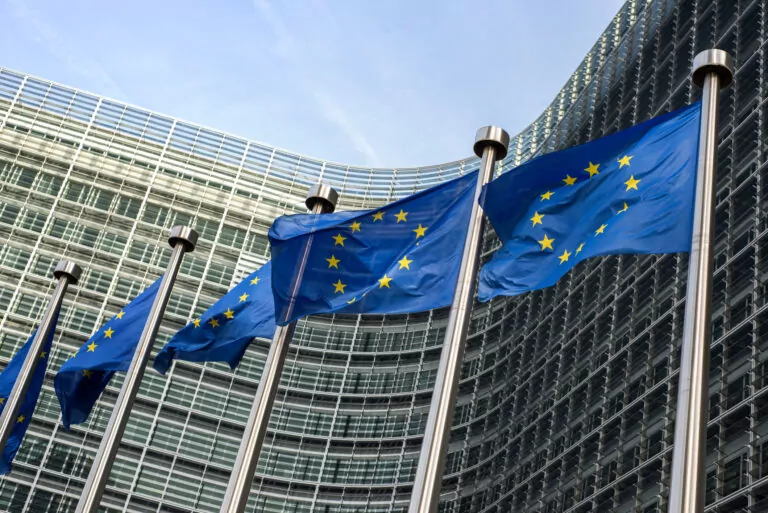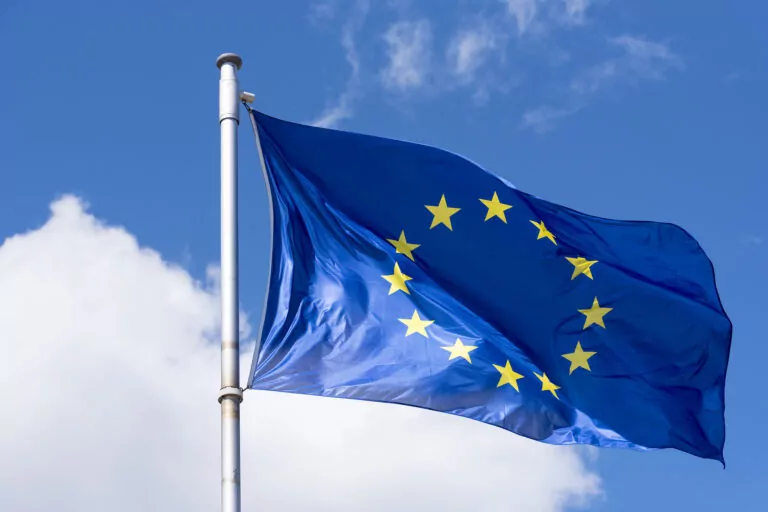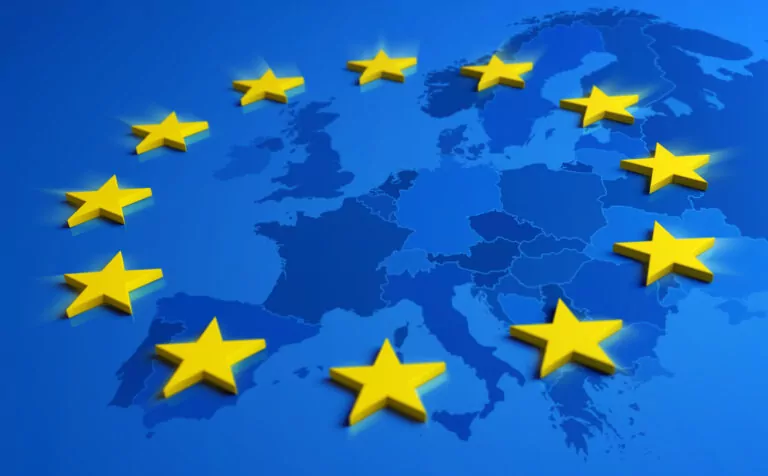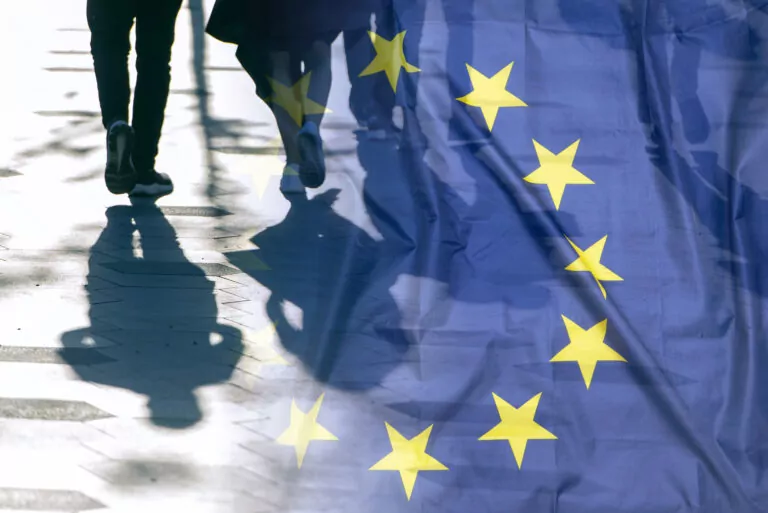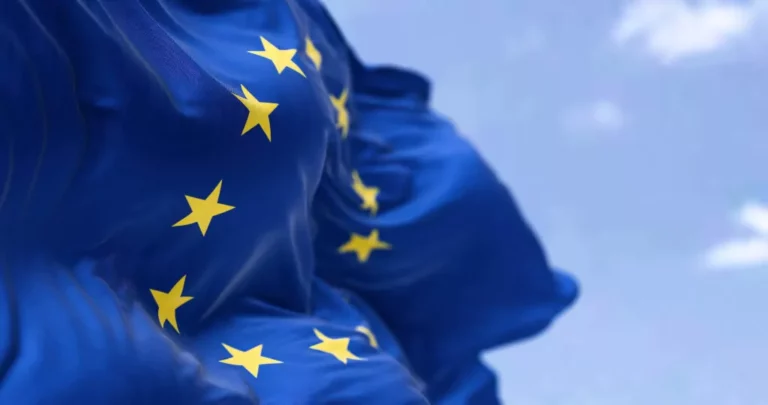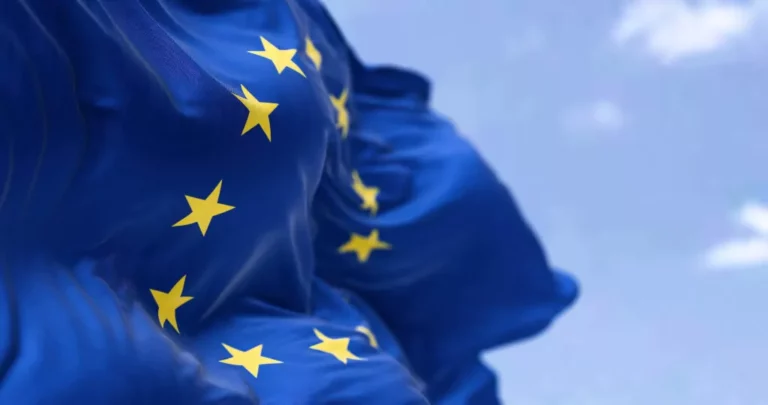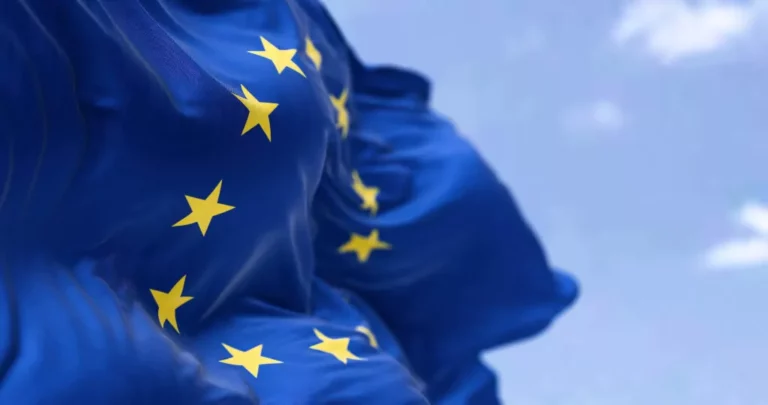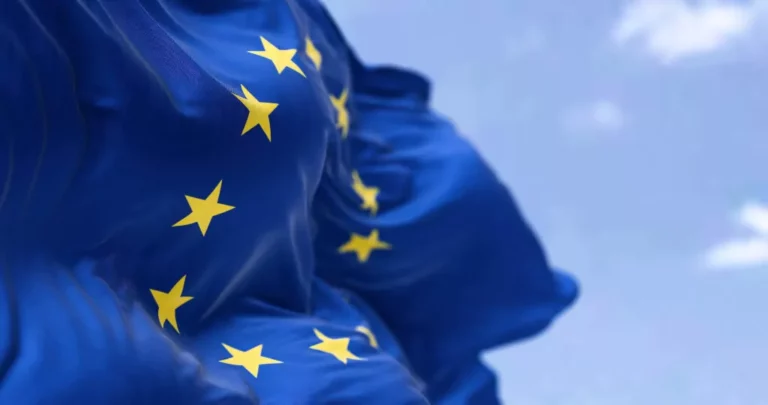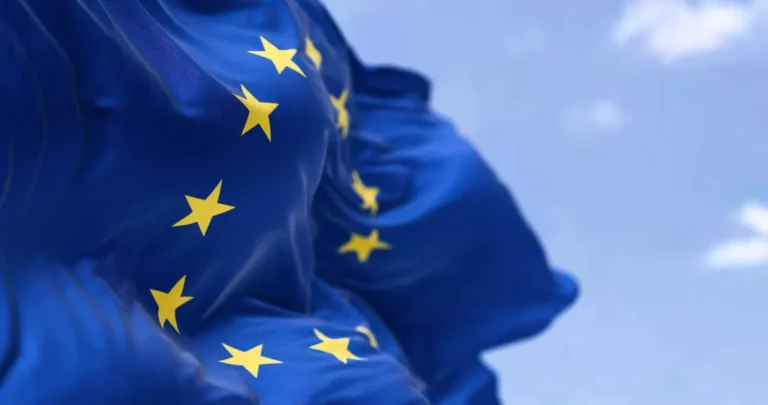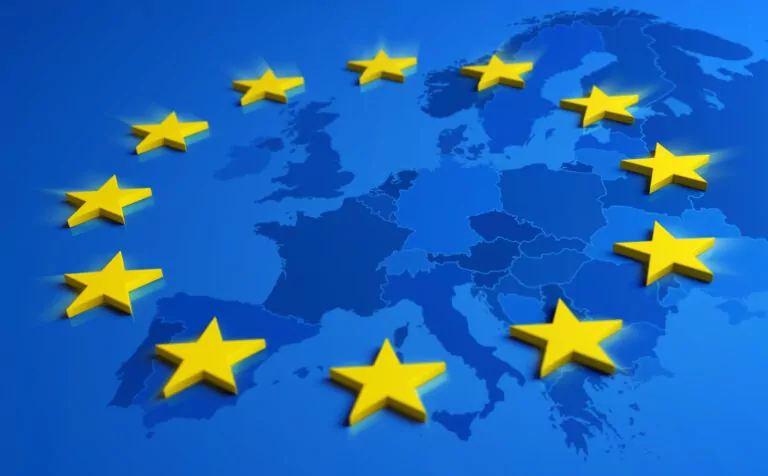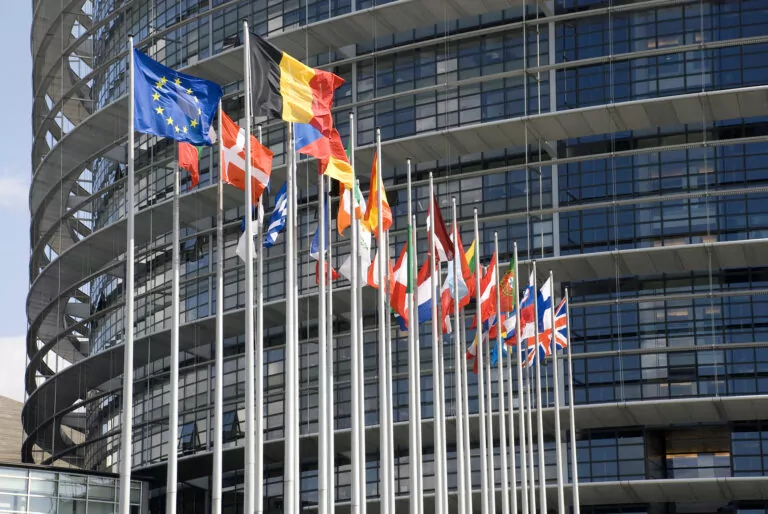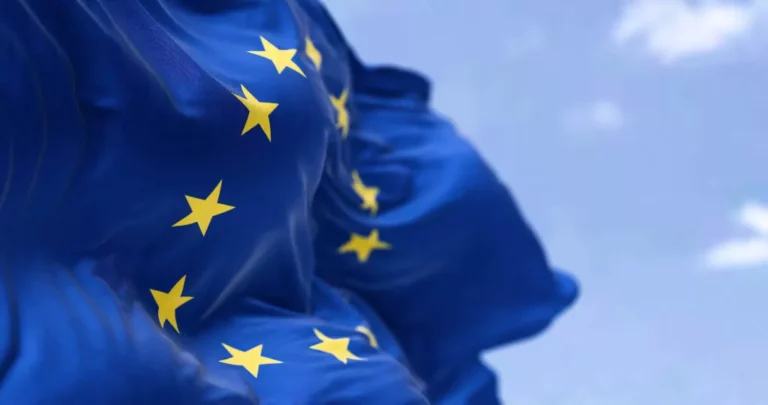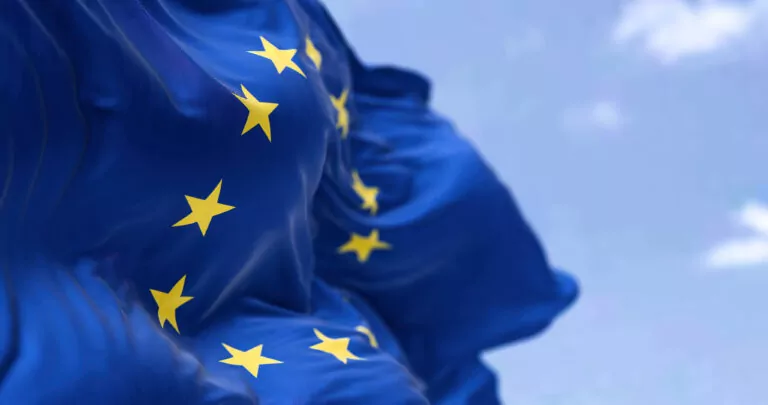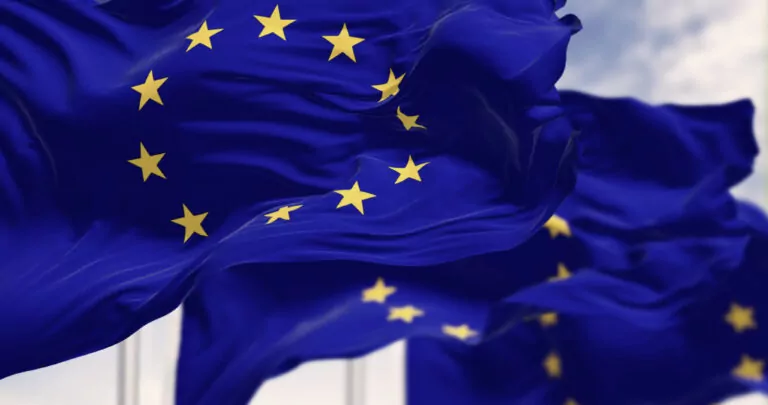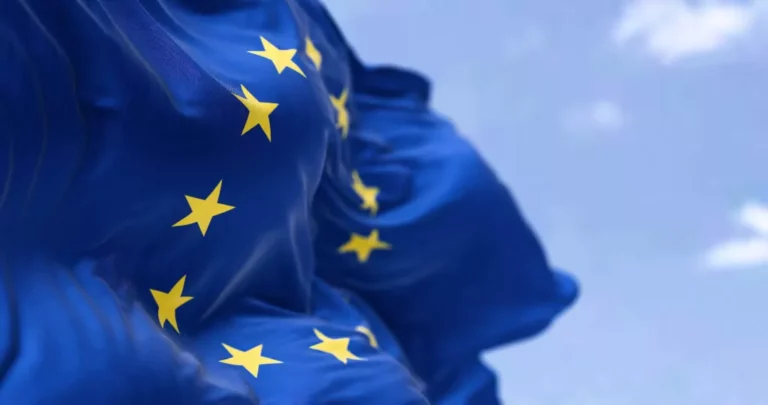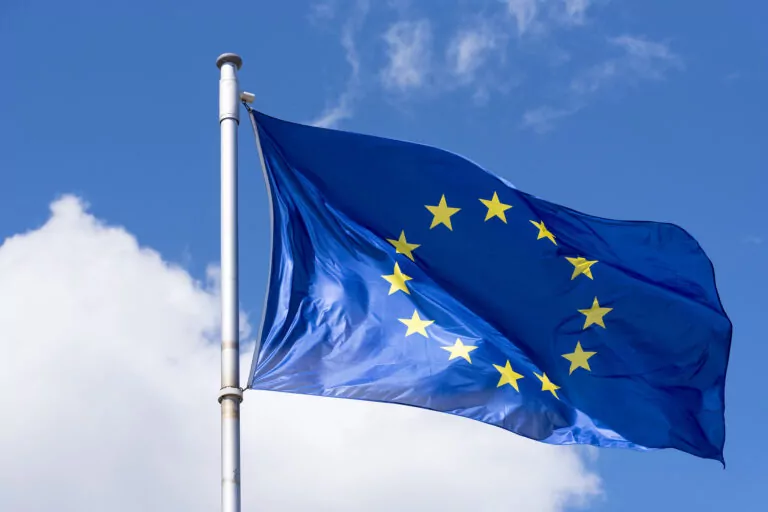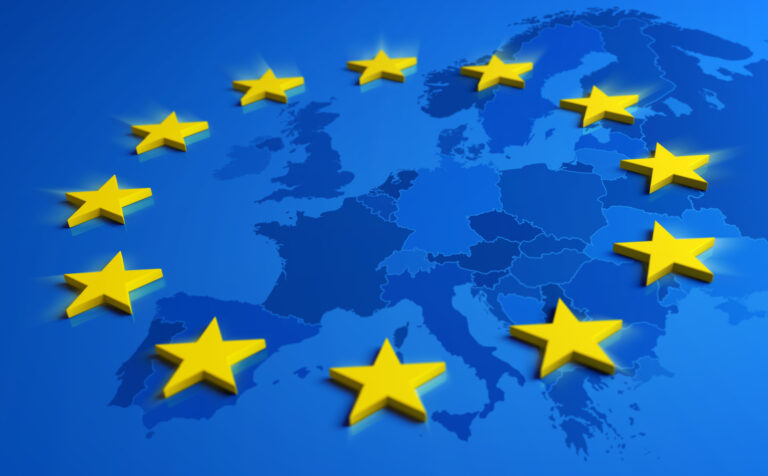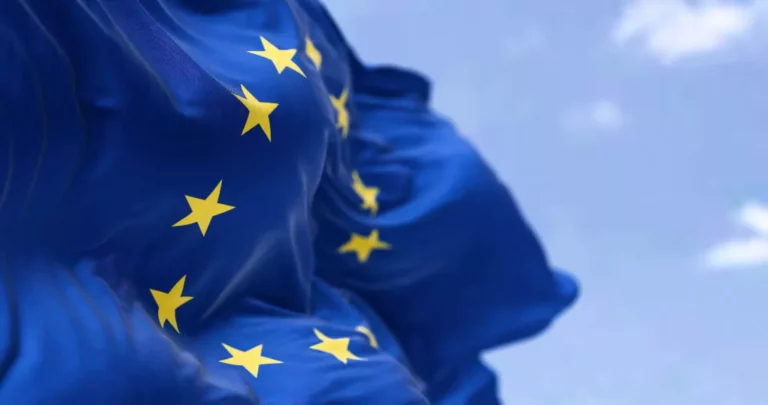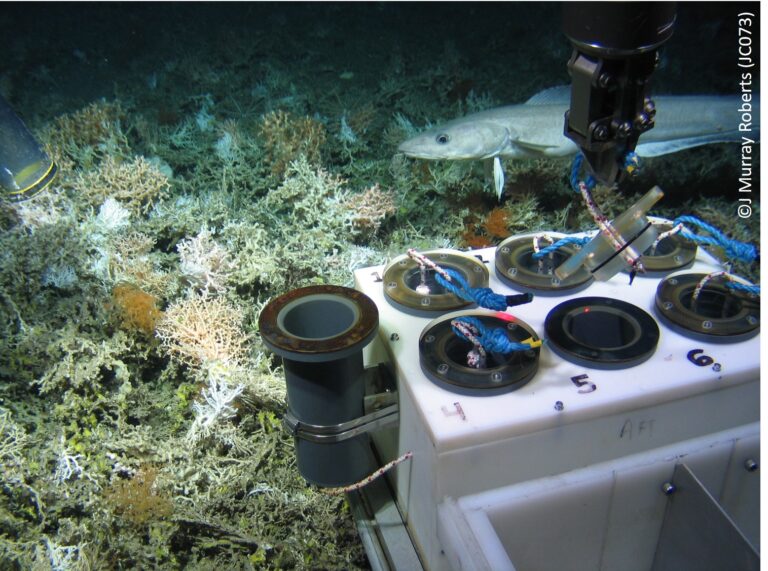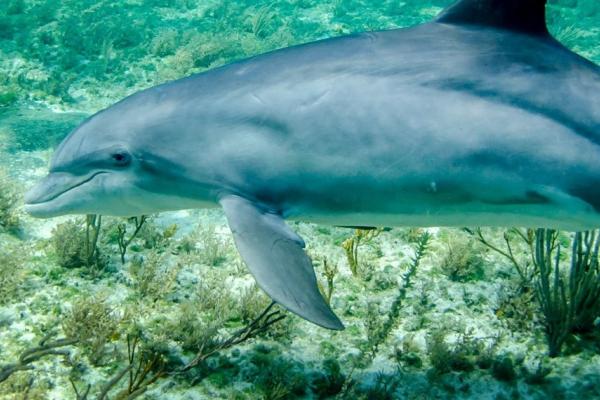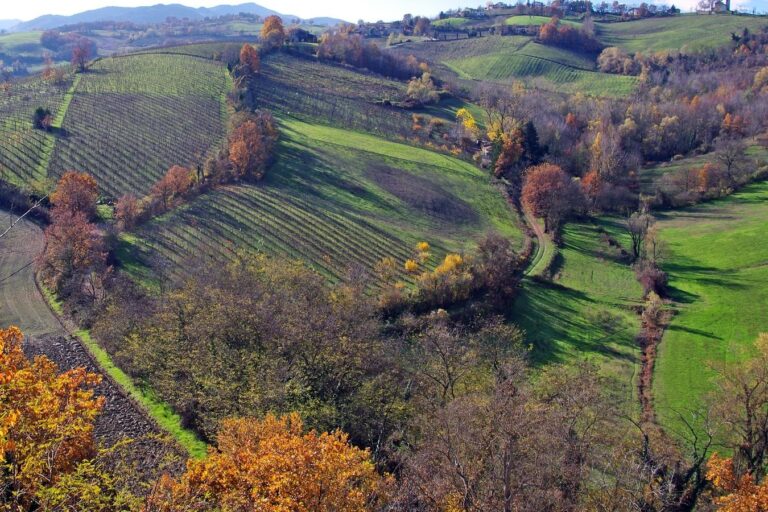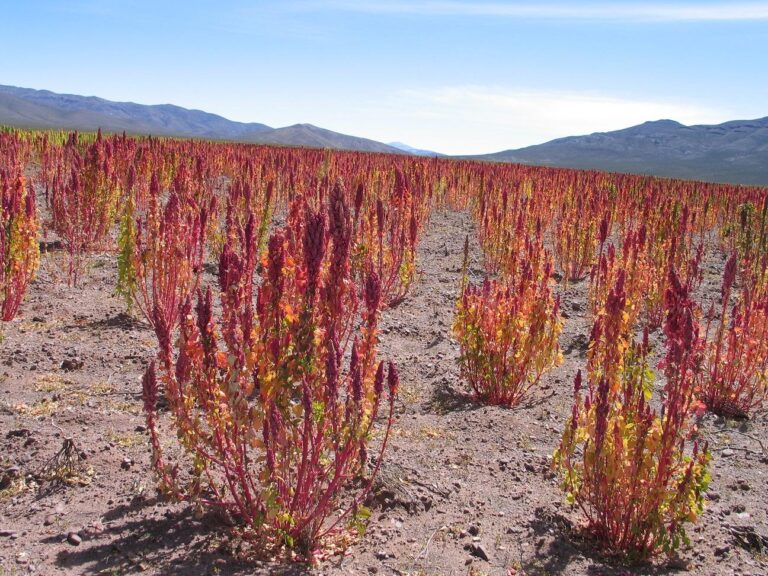Add to favorites:
Share:
Project results are expected to contribute to all of the following expected outcomes:
- Improved knowledge on the distribution and condition of marine habitats, as well as on key ecosystem services provided by these habitats;
- Support to, and acceleration of the designation by Member States/Associated Countries of new strictly protected areas, contributing to the EU Biodiversity Strategy and the UN Convention on Biological Diversity;
- Measurable contributions to achieving the Mission ocean and waters’ Objective 1 on the Protection and restoration of marine ecosystems and biodiversity.
The EU Biodiversity Strategy for 2030 sets a target to legally protect at least 30% of EU seas and to strictly protect 10% of EU seas by 2030. Member States have supported this target and have started the scientific and technical work to identify new areas to be (strictly) protected. Strictly protected areas are also expected to play a role in the implementation of obligations to restore habitats listed in the Regulation on Nature Restoration (habitat types in Annex II[1] and habitats of species covered by the regulation) through passive restoration. There are however many data gaps concerning the distribution and condition of habitats and potential different strategies in Member States to find suitable areas for strict protection that may hinder the creation of a truly coherent EU network of strictly protected areas. There is a need for science-based conservation planning at a sea basin or sub-basin scale which would also take into account potential trade-offs due to the main uses of the sea as well as maximise benefits for climate and fisheries. While there are ongoing projects that should support the planning of future EU Marine Protected Areas (MPAs) networks, none of them is currently focusing on the specific target of strictly protected areas and delivering benefits for climate and fisheries, as well as explicitly addressing potential spatial trade-offs with offshore renewables and other activities.
This topic addresses Mission ocean and waters’ Objective 1 on the protection and restoration of marine ecosystems and biodiversity, in line with the aims of the Biodiversity Strategy[2] as well as on the objectives of the Regulation on Nature Restoration[3]. They should also contribute to the aims of the Marine Action Plan[4] and to the implementation of the Birds, Habitats[[Council Directive 92/43/EEC; Directive 2009/147/EC]] and Marine Strategy Framework[5] Directives, as well as the common fisheries policy and climate policy and legislation.
Proposals should focus on prioritising areas for strict protection in European seas by providing a scientific basis for Member States/Associated Countries to designate new strictly protected areas, whilst delivering benefits for fisheries and climate.
Projects should identify potential areas and coherent networks of strictly protected areas covering in particular the habitat types listed in Annex II of the Regulation on nature restoration and habitats of species covered by the regulation, prioritising those habitats which are spawning, nursery and feeding areas for fish populations and species protected by the nature legislation, capturing and storing carbon as well as enhancing coastal protection. Projects should also include mapping and assessing conditions of these habitats, contributing to the implementation of Article 5 of the Regulation and providing data to EMODnet and the Digital Twin Ocean
Projects should promote trans-boundary joint actions, as national borders are most often inaccurate for reflecting natural boundaries (resource stocks, fluxes of organisms, habitats distribution). The project should also promote inter-disciplinary research (including legal sciences, economy, ecology etc.) and inter-sectorial, transdisciplinary approaches (practitioners, decision makers, scientists).
Compatibility of optimal network(s) of strictly protected areas as well as potential trade-offs with marine/maritime activities, (e.g.: fisheries, offshore wind energy and maritime transport), should be addressed.
All following activities should be covered:
- Review and compile data about the distribution and condition of habitat types listed in Annex II of Regulation on nature restoration, including by compiling data currently not available from public repositories, and collecting new data where necessary.
- Review and compile data, collecting new data where necessary, about spawning, nursery and feeding areas of fish species and species protected by nature legislation, as well as areas with habitats which play a key role in carbon capture and storage and for coastal protection, including by compiling data currently not available from public repositories.
- Based on the ecological needs of those habitats and their typical species (including for example connectivity of habitats or life cycles of species), determine optimal network(s) of strictly protected areas, contributing to the 10% target of the Biodiversity Strategy, that would best support the protection of habitats and the delivery of significant benefits for fisheries and climate, for example through spill-over effects or by ensuring undisturbed capture and storage of carbon and coastal resilience and preventive measures for protection.
- Address the compatibility with and potential trade-offs in relation to planned marine/maritime activities, (e.g.: fisheries, offshore wind energy, coastal development and maritime transport) that may overlap with the identified optimal network(s) of strictly protected areas. Relevant Marine Spatial Planning plans should be taken into account.
The project(s) is/are expected to deliver a blueprint for the establishment of optimal network(s) of marine strict protected areas, whose scale and range should be ecologically relevant and impactful. Close cooperation with the relevant public authorities and stakeholders is encouraged.
The project(s) should build on existing knowledge and projects funded by the EU and national programmes, which are relevant for MPAs and maritime spatial planning, including data collected by the Joint Research Centre and the European Environment Agency, as well as on projects supported by the European Union Framework programmes for Research and Innovation (such as Horizon 2020 and Horizon Europe), EMFAF, LIFE and Interreg programmes, the Partnership Biodiversa+ and JPI Oceans. Project(s) should support Member States’ cooperation on the establishment of coherent networks of strictly protected areas.
Projects should cooperate closely with projects funded under Mission ocean and waters topics HORIZON-MISS-2021-OCEAN-02-01, HORIZON-MISS-2022-OCEAN-01-01, and HORIZON-MISS-2023-OCEAN-01-01 and avoid overlaps with regard to the geographical coverage of the projects already funded. Projects should build links with the Mission Implementation Platform and with the Blue Parks community.
Proposals addressing the EU Outermost Regions[6] are encouraged, given these regions’ natural assets.
[1] https://eur-lex.europa.eu/legal-content/EN/TXT/?uri=CELEX%3A32024R1991&qid=1722240349976
[2] COM(2020) 380 final
[3] REGULATION (EU) 2024/1991
[4] COM/2023/102
[5] Directive 2008/56/EC
[6] https://ec.europa.eu/regional_policy/policy/themes/outermost-regions_en
Expected Outcome
Project results are expected to contribute to all of the following expected outcomes:
- Improved knowledge on the distribution and condition of marine habitats, as well as on key ecosystem services provided by these habitats;
- Support to, and acceleration of the designation by Member States/Associated Countries of new strictly protected areas, contributing to the EU Biodiversity Strategy and the UN Convention on Biological Diversity;
- Measurable contributions to achieving the Mission ocean and waters’ Objective 1 on the Protection and restoration of marine ecosystems and biodiversity.
Scope
The EU Biodiversity Strategy for 2030 sets a target to legally protect at least 30% of EU seas and to strictly protect 10% of EU seas by 2030. Member States have supported this target and have started the scientific and technical work to identify new areas to be (strictly) protected. Strictly protected areas are also expected to play a role in the implementation of obligations to restore habitats listed in the Regulation on Nature Restoration (habitat types in Annex II[1] and habitats of species covered by the regulation) through passive restoration. There are however many data gaps concerning the distribution and condition of habitats and potential different strategies in Member States to find suitable areas for strict protection that may hinder the creation of a truly coherent EU network of strictly protected areas. There is a need for science-based conservation planning at a sea basin or sub-basin scale which would also take into account potential trade-offs due to the main uses of the sea as well as maximise benefits for climate and fisheries. While there are ongoing projects that should support the planning of future EU Marine Protected Areas (MPAs) networks, none of them is currently focusing on the specific target of strictly protected areas and delivering benefits for climate and fisheries, as well as explicitly addressing potential spatial trade-offs with offshore renewables and other activities.
This topic addresses Mission ocean and waters’ Objective 1 on the protection and restoration of marine ecosystems and biodiversity, in line with the aims of the Biodiversity Strategy[2] as well as on the objectives of the Regulation on Nature Restoration[3]. They should also contribute to the aims of the Marine Action Plan[4] and to the implementation of the Birds, Habitats[[Council Directive 92/43/EEC; Directive 2009/147/EC]] and Marine Strategy Framework[5] Directives, as well as the common fisheries policy and climate policy and legislation.
Proposals should focus on prioritising areas for strict protection in European seas by providing a scientific basis for Member States/Associated Countries to designate new strictly protected areas, whilst delivering benefits for fisheries and climate.
Projects should identify potential areas and coherent networks of strictly protected areas covering in particular the habitat types listed in Annex II of the Regulation on nature restoration and habitats of species covered by the regulation, prioritising those habitats which are spawning, nursery and feeding areas for fish populations and species protected by the nature legislation, capturing and storing carbon as well as enhancing coastal protection. Projects should also include mapping and assessing conditions of these habitats, contributing to the implementation of Article 5 of the Regulation and providing data to EMODnet and the Digital Twin Ocean
Projects should promote trans-boundary joint actions, as national borders are most often inaccurate for reflecting natural boundaries (resource stocks, fluxes of organisms, habitats distribution). The project should also promote inter-disciplinary research (including legal sciences, economy, ecology etc.) and inter-sectorial, transdisciplinary approaches (practitioners, decision makers, scientists).
Compatibility of optimal network(s) of strictly protected areas as well as potential trade-offs with marine/maritime activities, (e.g.: fisheries, offshore wind energy and maritime transport), should be addressed.
All following activities should be covered:
- Review and compile data about the distribution and condition of habitat types listed in Annex II of Regulation on nature restoration, including by compiling data currently not available from public repositories, and collecting new data where necessary.
- Review and compile data, collecting new data where necessary, about spawning, nursery and feeding areas of fish species and species protected by nature legislation, as well as areas with habitats which play a key role in carbon capture and storage and for coastal protection, including by compiling data currently not available from public repositories.
- Based on the ecological needs of those habitats and their typical species (including for example connectivity of habitats or life cycles of species), determine optimal network(s) of strictly protected areas, contributing to the 10% target of the Biodiversity Strategy, that would best support the protection of habitats and the delivery of significant benefits for fisheries and climate, for example through spill-over effects or by ensuring undisturbed capture and storage of carbon and coastal resilience and preventive measures for protection.
- Address the compatibility with and potential trade-offs in relation to planned marine/maritime activities, (e.g.: fisheries, offshore wind energy, coastal development and maritime transport) that may overlap with the identified optimal network(s) of strictly protected areas. Relevant Marine Spatial Planning plans should be taken into account.
The project(s) is/are expected to deliver a blueprint for the establishment of optimal network(s) of marine strict protected areas, whose scale and range should be ecologically relevant and impactful. Close cooperation with the relevant public authorities and stakeholders is encouraged.
The project(s) should build on existing knowledge and projects funded by the EU and national programmes, which are relevant for MPAs and maritime spatial planning, including data collected by the Joint Research Centre and the European Environment Agency, as well as on projects supported by the European Union Framework programmes for Research and Innovation (such as Horizon 2020 and Horizon Europe), EMFAF, LIFE and Interreg programmes, the Partnership Biodiversa+ and JPI Oceans. Project(s) should support Member States’ cooperation on the establishment of coherent networks of strictly protected areas.
Projects should cooperate closely with projects funded under Mission ocean and waters topics HORIZON-MISS-2021-OCEAN-02-01, HORIZON-MISS-2022-OCEAN-01-01, and HORIZON-MISS-2023-OCEAN-01-01 and avoid overlaps with regard to the geographical coverage of the projects already funded. Projects should build links with the Mission Implementation Platform and with the Blue Parks community.
Proposals addressing the EU Outermost Regions[6] are encouraged, given these regions’ natural assets.
[1] https://eur-lex.europa.eu/legal-content/EN/TXT/?uri=CELEX%3A32024R1991&qid=1722240349976
[2] COM(2020) 380 final
[3] REGULATION (EU) 2024/1991
[4] COM/2023/102
[5] Directive 2008/56/EC
[6] https://ec.europa.eu/regional_policy/policy/themes/outermost-regions_en
Partner Requests
Explore Real Collaboration Opportunities
🔍 As a logged-in member, you now have exclusive access to all active Partner Requests for this Funding Call.
See who’s looking for collaborators, explore exciting project ideas, and discover how others are planning to make an impact.
💡 Use these insights to get inspired—or take the next step and start a request of your own (3 entries for free).
Log in or registrate here for free.
You must be logged in to submit or manage a partner request.
Ask our experts about this call
Connect with the Listing Owner!
💬 Please log in now to send a direct message to our experts and ask your questions. Not a member yet? Sign up for free and start connecting today!
Related Funding and Finance Opportunities
Unlock Exclusive Funding Opportunities!
🔑 Get instant access to tailored funding opportunities that perfectly match your needs. This powerful feature is exclusively available to our premium members—helping you save time, stay ahead of the competition, and secure the right funding faster.
Upgrade to Premium now and never miss an important opportunity again! Already a premium member? Log in here to explore your matches.
Related Innovation Offers
Related Knowledgebase Resources
Discover More with Premium: Related Knowledge Resources
🔒 You’re missing out on expert-curated knowledge specifically matched to this topic. As a Premium member, you gain exclusive access to in-depth articles, guides, and insights that help you make smarter decisions, faster.
Whether you’re preparing a funding proposal, researching a new market, or just need reliable information—our Premium knowledge matches save you hours of research and point you directly to what matters.
Upgrade to Premium now and instantly unlock relevant knowledge tailored to your needs! Already a member? Log in here to view your personalized content.

